When you think about meteorites crashing to Earth, you probably picture dramatic fireballs streaking across the night sky. What you might not expect is that these cosmic messengers are carrying precious cargo that could rewrite our understanding of life’s origins.
Scientists are peering deeper into these space rocks than ever before, revealing contents that sound more like science fiction than reality. From the building blocks of DNA to rare metals worth more than gold, these ancient fragments hold secrets that have been traveling through space for billions of years.
Frozen Time Capsules From Deep Space
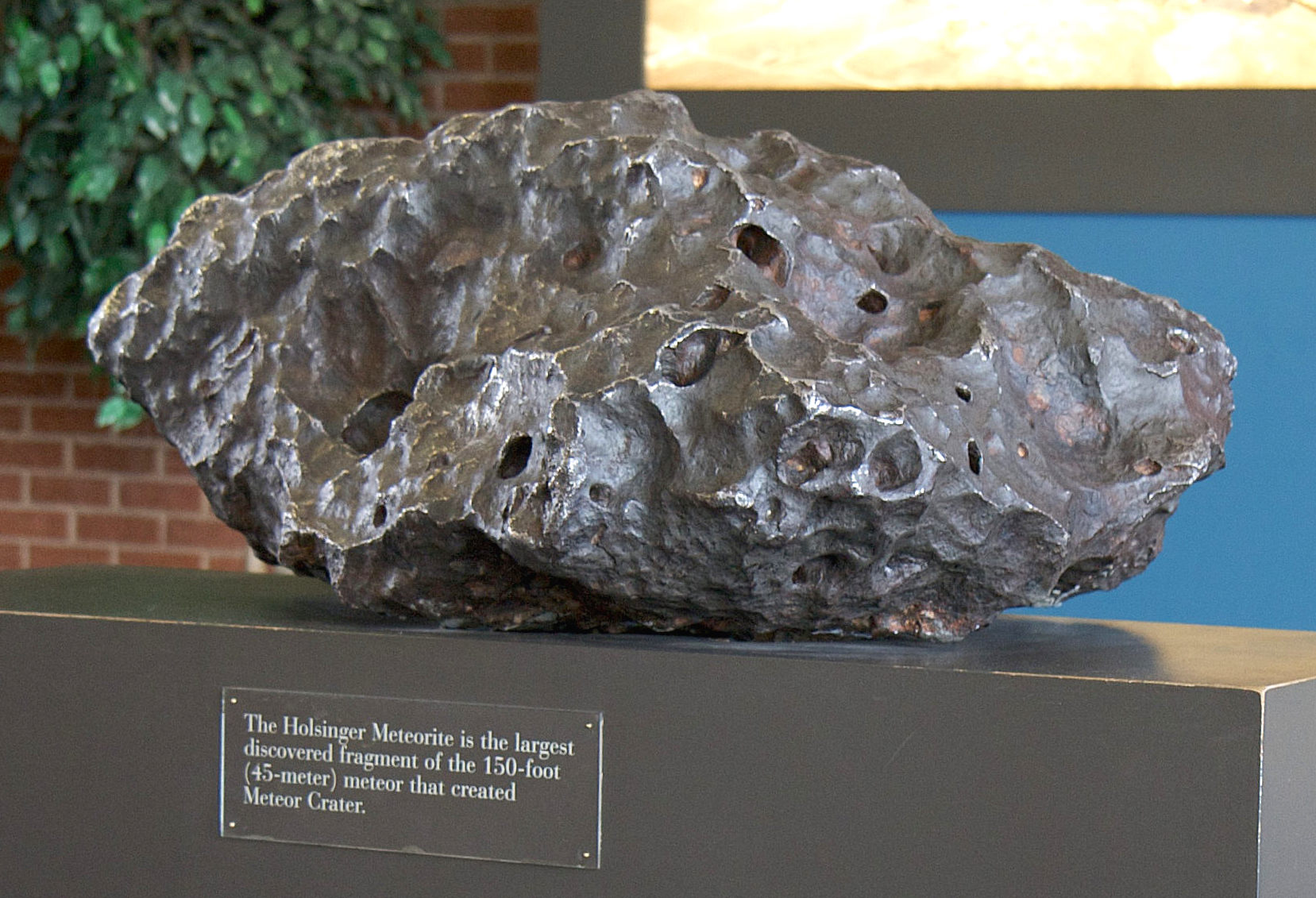
These cosmic sediments have frozen the primordial soup from which our solar system emerged — preserving it just like a time capsule. That’s exactly what makes meteorites so extraordinary. When you examine a meteorite fragment, you’re literally holding a piece of the early solar system in your hands.
The researchers believe that the parent body of Ribbeck is 4.5 billion years old. Think about that for a moment. These rocks have been wandering through space since before Earth’s continents formed, before life began, before anything we recognize as our world even existed.
The Complete DNA Toolkit Hidden in Space Rocks

These “nucleobases” – adenine, guanine, cytosine, thymine and uracil – combine with sugars and phosphates to make up the genetic code of all life on Earth. For decades, scientists had found only three of these five crucial components in meteorites. The missing pieces seemed to vanish whenever researchers tried traditional extraction methods.
“We’re finding this extraction approach is very amenable for these fragile nucleobases,” Glavin says. “It’s more like a cold brew, rather than making hot tea.” With this technique, Glavin, Oba and their colleagues measured the abundances of the bases and other compounds related to life in four samples from meteorites that fell decades ago in Australia, Kentucky and British Columbia. The breakthrough came from treating these delicate molecules more gently than ever before.
Amino Acids: Life’s Building Blocks From Beyond Earth
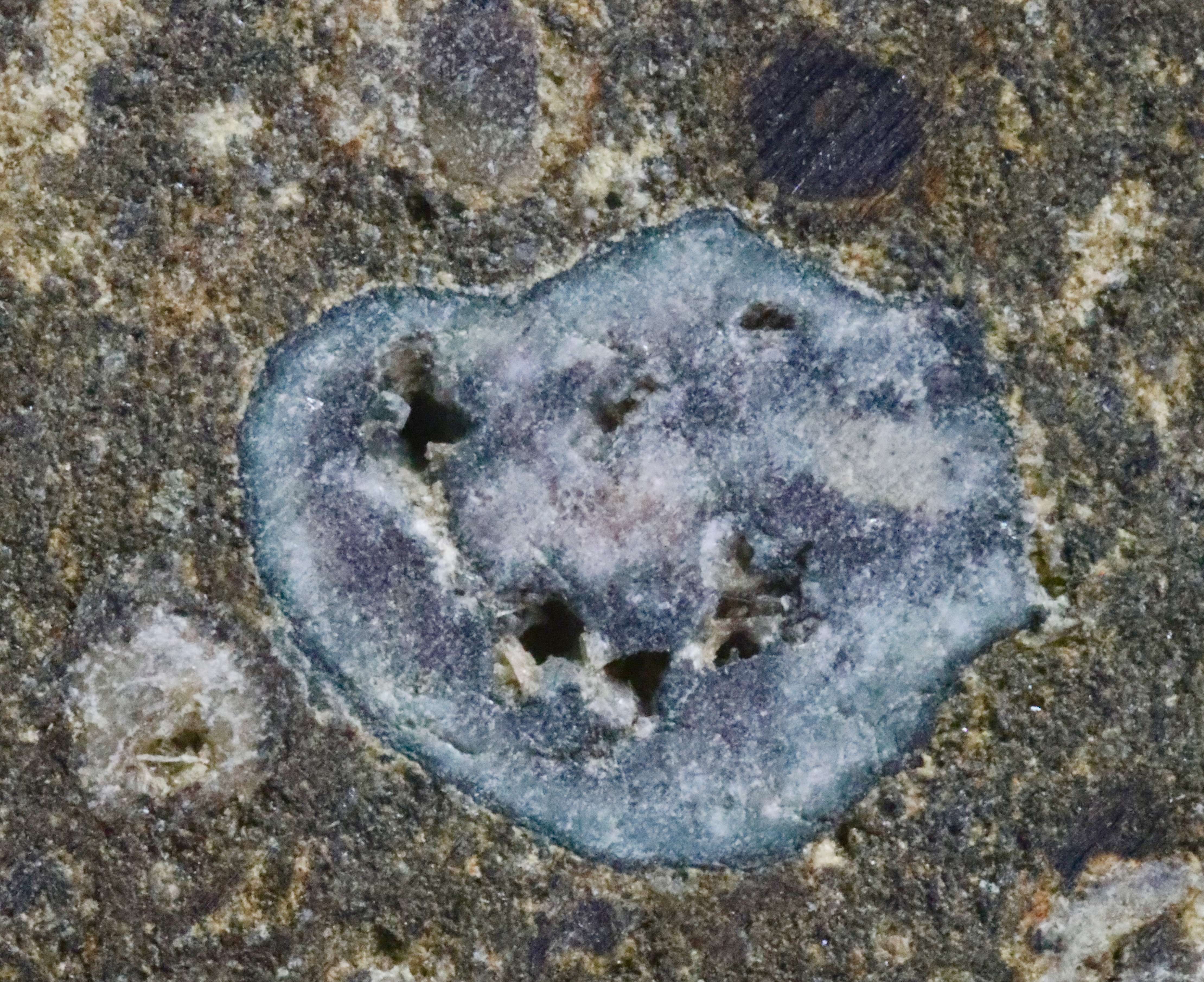
For instance, the Murchison meteorite, which fell in Australia in 1969, contains over 70 amino acids, many of which are not found on Earth. This discovery fundamentally changed how we think about the distribution of life’s ingredients throughout the universe.
The analyses revealed that the Bennu samples contain 33 known amino acids, including 14 of the 20 protein-building amino acids used by Earth’s life and 19 nonprotein amino acids. Recent samples from asteroid Bennu have revealed an even richer collection of these essential biological molecules, proving that amino acid diversity extends far beyond what we see on our home planet.
Salt Crystals Carrying Ancient Water and Complex Organics
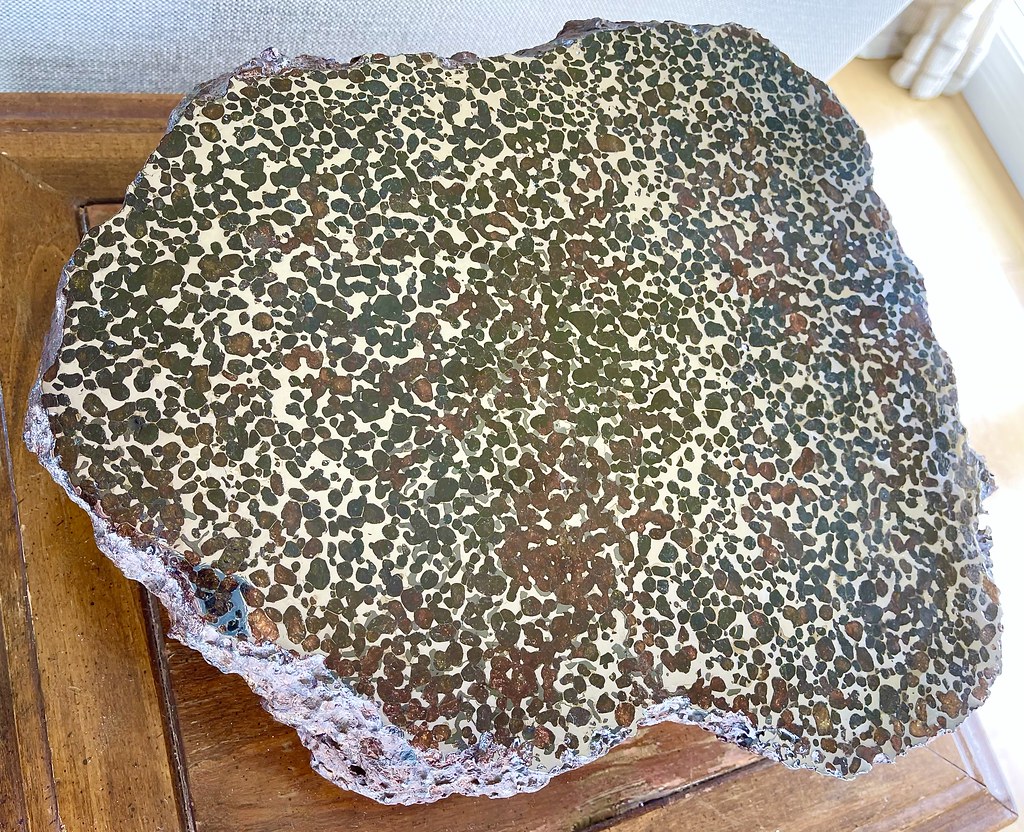
A detailed study of blue salt crystals found in two meteorites that crashed to Earth — which included X-ray experiments found that they contain both liquid water and a mix of complex organic compounds including hydrocarbons and amino acids. These tiny crystalline structures are like microscopic bottles that have preserved liquid water for billions of years.
The crystals carried microscopic traces of water that is believed to date back to the infancy of our solar system — about 4.5 billion years ago. Inside these salt crystal time capsules, scientists have discovered not just water, but a complex cocktail of organic molecules that could have served as the raw materials for early life.
Precious Metals Worth Their Weight in Platinum
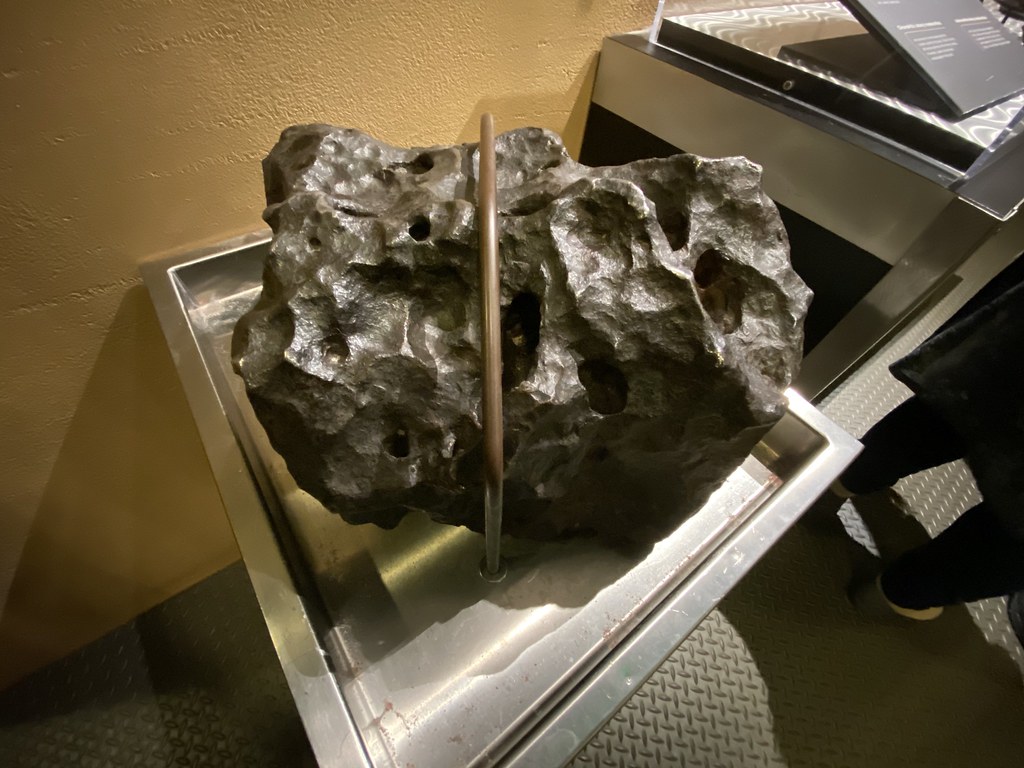
The alloys are 5 to 12 percent nickel, with traces of cobalt, chromium, gold, platinum, iridium, tungsten and other elements that dissolved in the molten iron and traveled with it to the parent body’s tri. The relatively rich concentrations of these elements in irons from asteroids raises the possibility of someday mining asteroids for precious metals.
Iridium is found in 550 parts per billion in meteorites. To put this in perspective, that’s roughly one thousand times more concentrated than what you’d find in Earth’s crust. These space rocks are literally treasure chests filled with some of the rarest and most valuable metals known to science.
The Iridium Mystery That Solved Dinosaur Extinction
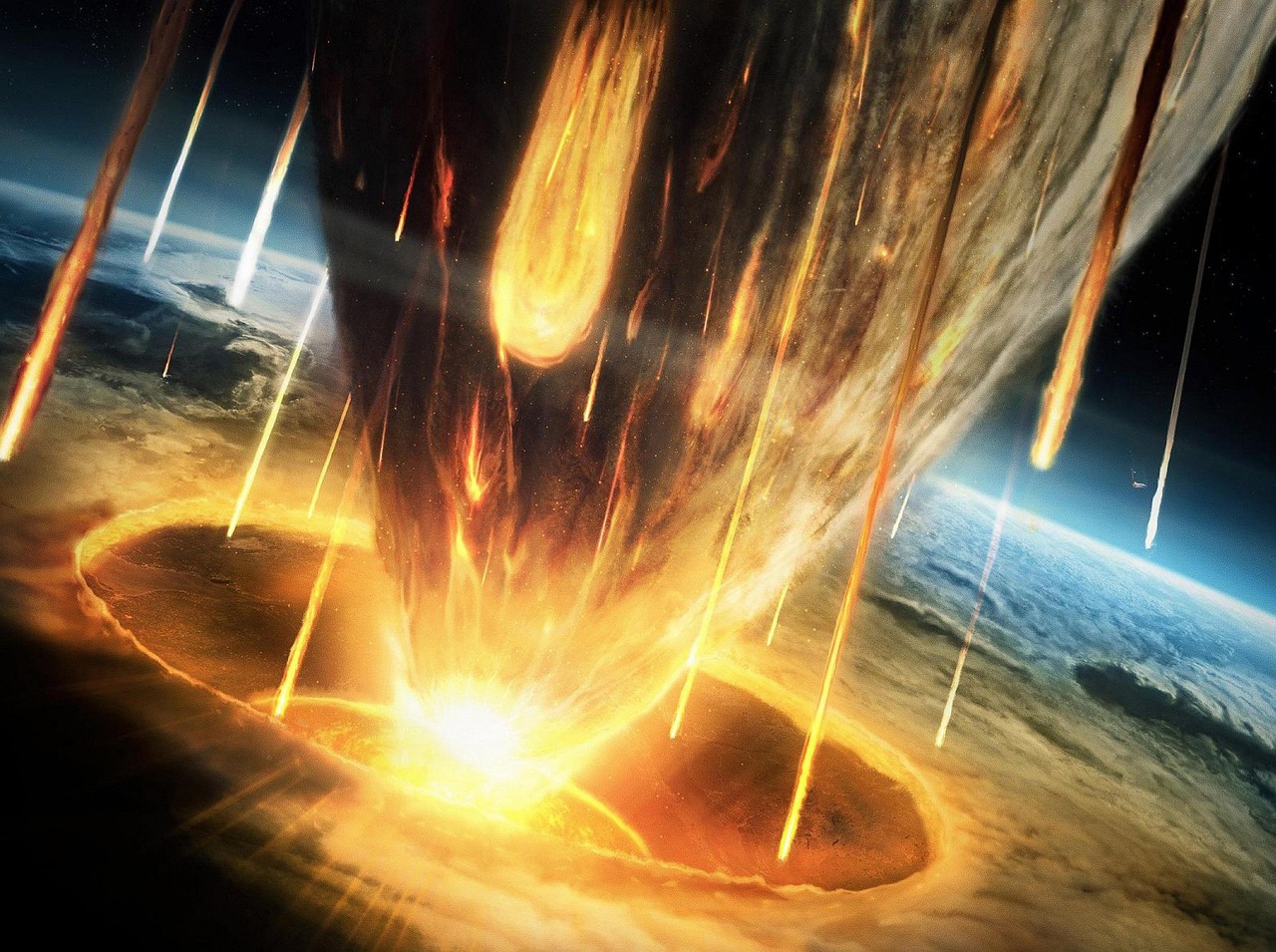
The Alvarez Hypothesis proposed that a thin layer of iridium-rich clay represented the impact of a colossal meteorite, which radically changed the climate and ended the era of the dinosaurs. As iridium is rare on earth, but much more abundant elsewhere in the universe, the wide-spread, iridium-rich clay is evidence of the pulverisation of something very large of extra-terrestrial origin.
All over the world, layers of rock dating to this period contain iridium levels that are thousands of times higher than usual. This global iridium signature became the smoking gun that proved a massive asteroid impact wiped out the dinosaurs 66 million years ago.
Platinum Group Metals: Earth’s Rarest Treasures From Space
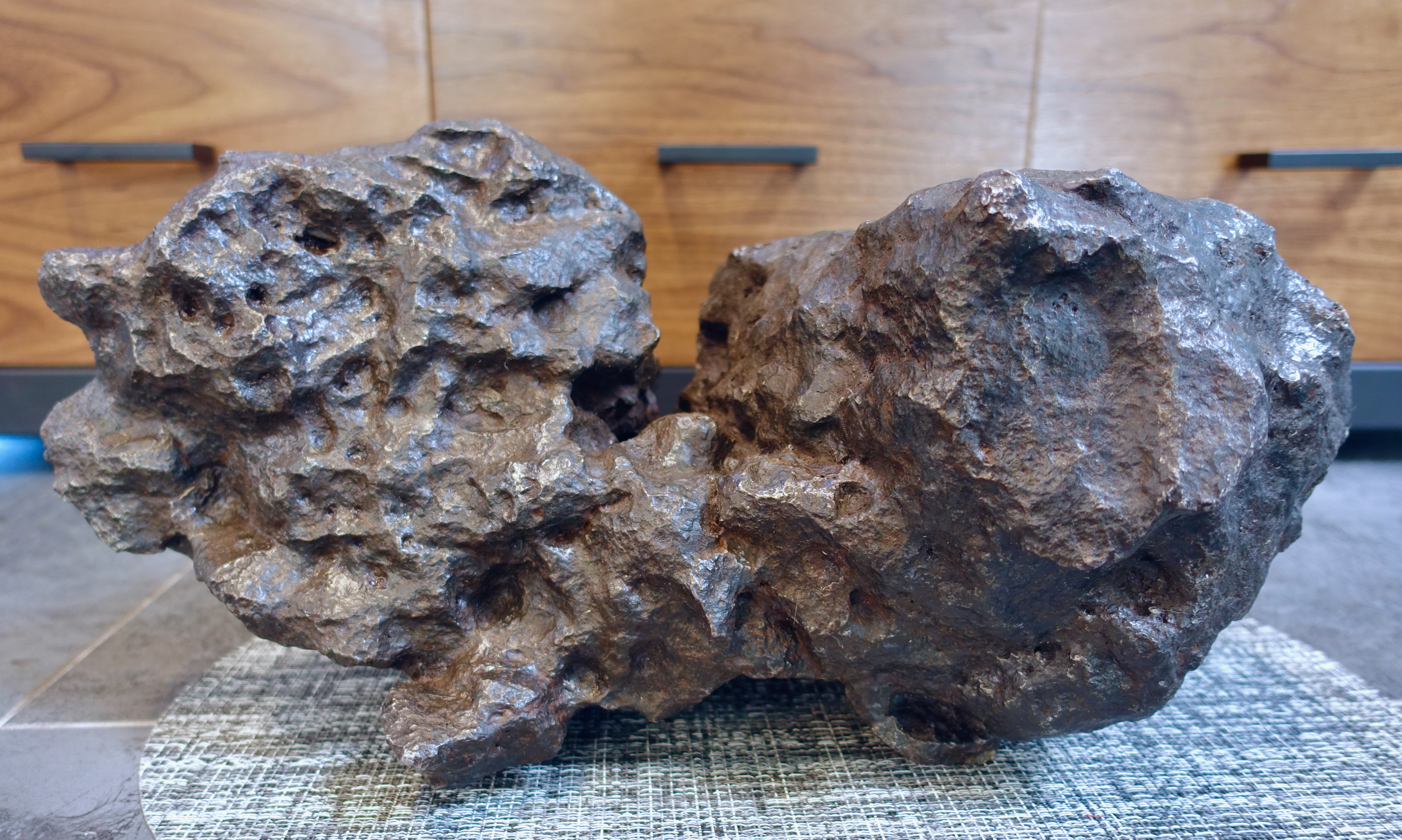
Dr Gerhard Schmidt from the University of Mainz, Germany, has calculated that about 160 metallic asteroids of about 20 kilometres in diameter would be sufficient to provide the concentrations of these metals, known as Highly Siderophile Elements (HSE), found in the Earth’s crust. These calculations suggest that most of Earth’s platinum, palladium, and related metals came from space.
Platinum-group elements: a group of six transition metals (ruthenium, rhodium, palladium, osmium, iridium, and platinum) that are among the rarest elements on Earth. What makes these metals so special is their incredible resistance to corrosion and their unique catalytic properties, making them essential for everything from electronics to medical devices.
Crystal Structures That Shouldn’t Exist

One meteorite sale stands out above the rest – the sale of the Fukang meteorite, a stunning pallasite with translucent olivine crystals embedded in its iron-nickel matrix. The value and beauty of this meteorite shattered auction records, solidifying its place as the most expensive meteorite ever sold.
The researchers found that the plagioclase fragments in Ribbeck formed from coarse-grained magmatic rock that cooled slowly and that were fragmented by impacts on the parent body. These crystal formations tell stories of extreme geological processes that occurred in the cold vacuum of space, creating structures that would be impossible to form naturally on Earth.
Organic Compound Diversity Beyond Imagination

Associate Professor Yasuhiro Oba from Hokkaido University led a team of researchers who discovered the presence of a prebiotic organic molecule called hexamethylenetetramine (HMT) in three different carbon-rich meteorites. Their discovery, published in the journal Nature Communications, validates models and theories that propose HMT as a key molecule in the formation of organic compounds in interstellar environments.
We detected amino acids (including 14 of the 20 used in terrestrial biology), amines, formaldehyde, carboxylic acids, polycyclic aromatic hydrocarbons and N-heterocycles (including all five nucleobases found in DNA and RNA), along with ~10,000 N-bearing compounds in recent asteroid samples. This incredible diversity suggests that space is a vast chemical laboratory producing complex organic molecules.
Volcanic Glass and Shocked Minerals Tell Tales of Cosmic Violence
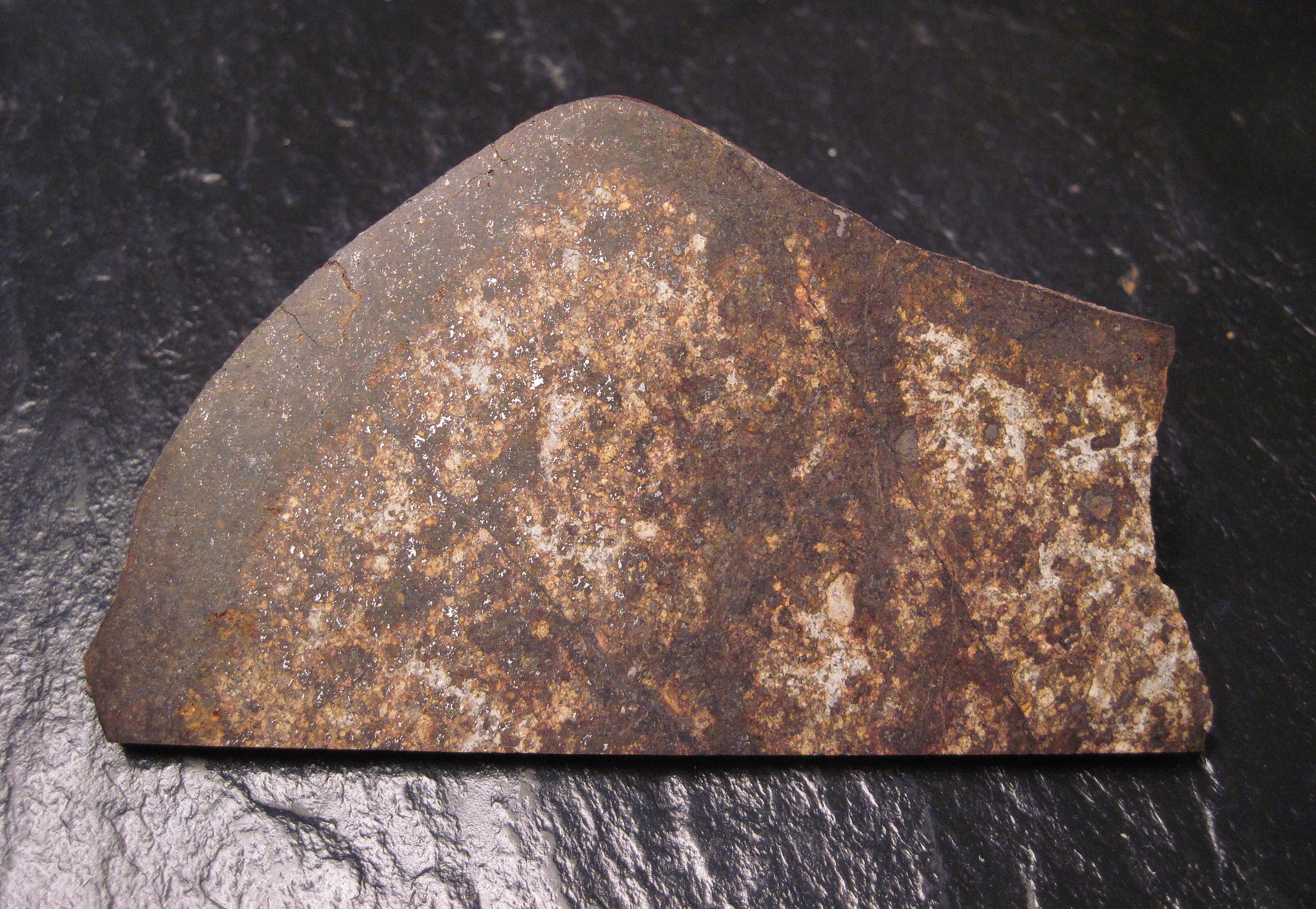
The rock showed signs of shock metamorphism and terrestrial weathering. When meteorites form, they often experience tremendous pressures and temperatures that create unique mineral phases never seen on Earth. These shocked minerals provide direct evidence of the violent collisions and extreme conditions that shaped our early solar system.
The 4 days of weathering in the snow/melted snow gave the samples a brown color and the breakdown of sulfides gave the samples a smell of hydrogen sulfide (rotten eggs). Even after billions of years in space, these rocks continue to react and change when they encounter Earth’s atmosphere and environment.
The Pristine Sample Revolution

Whereas meteorites have been exposed to and contaminated by conditions on Earth that could skew scientific results, gathering samples directly from an asteroid in space is like peering into a time capsule from the nascent solar system. “What’s so significant about the OSIRIS-REx Bennu findings is that those samples are pristine,” said Danny Glavin, an astrobiologist at NASA’s Goddard Space Flight Center.
“All meteorites are exposed to some level of contamination,” he said. “The bottom line is, we have a higher confidence that the organic material we’re seeing in these samples [is] extraterrestrial and not contamination. This represents a fundamental shift in how scientists study extraterrestrial materials, providing unprecedented confidence in their findings.
The discoveries hidden within these space rocks are rewriting textbooks about the origins of life and the formation of our solar system. From DNA building blocks to precious metals worth millions, meteorites continue to surprise scientists with their unexpected cargo. As we develop better techniques to analyze these cosmic messengers, who knows what other secrets they’ll reveal about our place in the universe? What would you have guessed was hiding inside these seemingly ordinary rocks from space?



